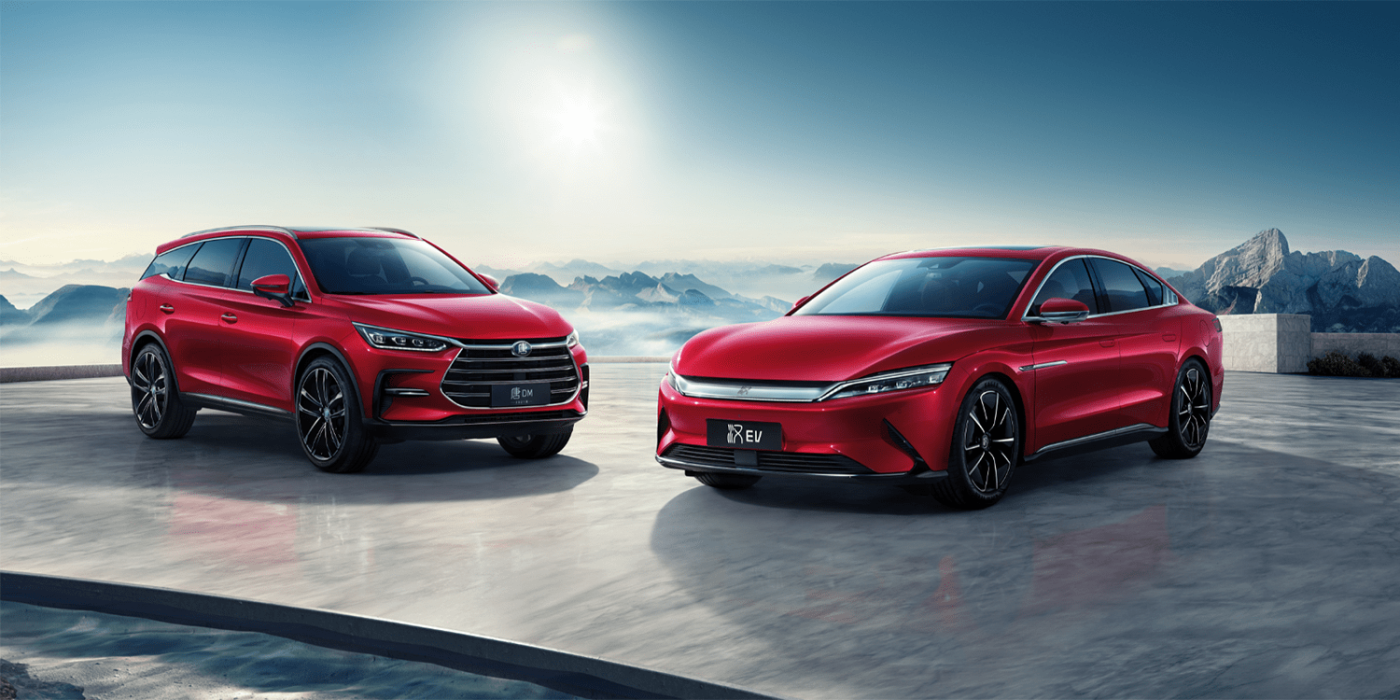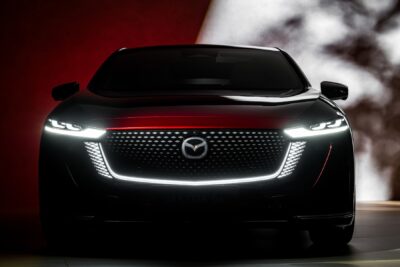China counts more than 3 million NEV sales in 2021
In China, around 3.3 million New Energy Vehicles, meaning battery-electric cars and plug-in hybrids, were sold last year. December was also a new record month with 505,000 NEV cars.
Of these 505,000 New Energy Vehicles, 423,000 were BEVs and 82,000 were PHEVs, according to figures released by the China Passenger Car Association (CPCA). In the previous record month of November, there were 429,000 NEV cars, while in the best month of 2020 – it was also December – there were only 210,000 units.
Expressed in growth rates: In December 2021, another 17.8 per cent more NEVs were sold than in November; compared to December 2020, the increase is even 138.9 per cent. The NEV market share in China rose to 21.3 per cent in December, and 15.7 per cent in 2021 as a whole – up from 5.8 per cent in 2020.
These figures are referred to by the CPCA as “wholesale sales”, which includes vehicles built in China but exported. However, fewer than 8,000 of the 505,000 New Energy Vehicles were exported in December.
Among the manufacturers, the usual picture emerges both in December and for the year as a whole: if we look at the New Energy Vehicles (i.e. including plug-in hybrids), BYD is in the lead. In the battery-electric cars, Tesla is the front-runner, and in the models (very likely) the Hongguang Mini EV from SAIC-GM-Wuling – General Motors has not yet given any concrete figures, but in the year as a whole the Mini EV is said to have sold “almost 400,000” units.
What is striking about Tesla is that only 245 cars were exported in December – so the majority of the 70,847 Model 3 and Model Y remain in the country. This means that the American manufacturer exported even fewer cars than BYD, where 563 New Energy Vehicles went out of the country. Most of the exports were SAIC cars with 5,716 units, probably including some MG models for Europe.
At Volkswagen, sales of the ID. models there are slowly picking up. In December, VW sold 13,747 of its MEB electric cars, putting it between Xpeng and Nio. For the year as a whole, however, VW lags behind the two EV start-ups due to the weak start-up. For the current year, the Wolfsburg-based company is targeting 140,000 ID. sales in China.
For better clarity, we have summarised data from the available brands – without claiming completeness – in the following table. This is not an official ranking by the CPCA, but a compilation by the editorial team.
| Brand | December | Total | Rank |
|---|---|---|---|
| BYD* | 92,823 | 593,745 | 1 |
| Tesla | 70,847 | 473,078 | 2 |
| Hongguang Mini EV | ** | approx. 400,000 | 3 |
| Ora | 20,926 | 135,028 | 4 |
| GAC Aion | 16,675 | 123,660 | 5 |
| Geely* | 18,813 | 100,126 | 6 |
| Xpeng | 16,000 | 98,155 | 7 |
| Nio | 10,489 | 91,429 | 8 |
| Volkswagen (MEB) | 13,747 | 70,625 | 9 |
| Neta Automobile | 10,127 | 69,674 | 10 |
| WM Motor | 5,062 | 44,157 | 11 |
| Leap Motor | 7,807 | 43,121 | 12 |
| Sokon* | 6,150 | 41,440 | 13 |
| BAIC* | 4,198 | 26,127 | 14 |
| Voyah*** | 3,330 | 6,791 | 15 |
| Zeekr**** | 3,796 | 6,007 | 16 |
* NEV, i.e. BEV+PHEV, brands without marking are pure BEV brands.
** GM has not communicated exact December figures.
***The Dongfeng brand Voyah has only been delivering since August
**** Geely brand Zeekr has only been delivering since October
With reporting by Sebastian Schaal, Germany.
cnevpost.com (total market), cnevpost.com (Tesla), cnevpost.com (VW numbers), cnevpost.com (VW target), xiaopeng.com (Xpeng), nio.com (Nio), byd.com (BYD), gm.com (Hongguang Mini EV), cnevpost.com (Geely), cnevpost.com (Zeekr), cnevpost.com (BAIC), cnevpost.com (Ora), cnevpost.com (Leap Motor), cnevpost.com (WM Motor), cnevpost.com (GAC Aion), cnevpost.com (Neta Automobile), cnevpost.com (Voyah), cnevpost.com (Sokon)





0 Comments